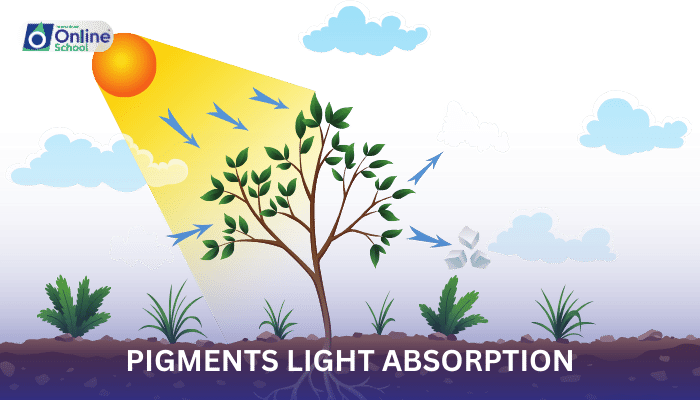
Learning Outcomes
i. Differentiate between chlorophyll a and chlorophyll b based on their absorption spectra.
ii. Understand the significance of accessory pigments in broadening the range of light absorption.
iii. Explain the arrangement of chlorophyll a and chlorophyll b in photosystem-I and II.
iv. Recognize the role of different chlorophyll types in the light-dependent reactions of photosynthesis.
i. The Chlorophyll Duo: A Tale of Two Pigments
Chlorophyll, the pigment that gives plants their characteristic green color, is not just one molecule but a family of pigments, each with slightly different absorption properties. Among these, chlorophyll a and chlorophyll b are the most prominent.
ii. Chlorophyll a: The Primary Light Harvester
Chlorophyll a, the dominant chlorophyll pigment, absorbs light most efficiently in the blue and red regions of the visible light spectrum. It serves as the primary light harvester, capturing and converting light energy into a form that can be used in the subsequent stages of photosynthesis.
iii. Chlorophyll b: Extending the Light-Gathering Net
Chlorophyll b, while not as abundant as chlorophyll a, plays a crucial role in broadening the range of light wavelengths that can be absorbed for photosynthesis. It absorbs light more effectively in the green region of the spectrum, complementing the absorption profile of chlorophyll a.
iv. The Significance of Accessory Pigments
In addition to chlorophylls, photosynthetic organisms also contain accessory pigments, such as carotenoids and phycobilins. These pigments absorb light in different regions of the spectrum, further expanding the range of wavelengths that can be utilized for photosynthesis.
v. Photosystem-I and II: A Tale of Two Light-Gathering Complexes
The photosynthetic apparatus within chloroplasts is organized into specialized complexes known as photosystems. Photosystem-I (PSI) and photosystem-II (PSII) are the two main photosystems involved in the light-dependent reactions of photosynthesis.
vi. Chlorophyll Arrangement in Photosystems
Within PSI, chlorophyll a is arranged in a specific configuration that allows it to efficiently absorb light energy and transfer it to reaction centers, where the energy is used to drive the production of NADPH. In contrast, PSII contains both chlorophyll a and chlorophyll b, allowing it to absorb a broader range of light wavelengths. This broader absorption spectrum enables PSII to generate ATP, another essential energy carrier for photosynthesis.
The varied absorption properties of chlorophyll a and chlorophyll b, along with the contributions of accessory pigments, enable photosynthetic organisms to capture a wide range of light energy, maximizing their photosynthetic efficiency. The arrangement of these pigments within photosystem-I and photosystem-II further optimizes light absorption and drives the complex reactions that fuel life on Earth.